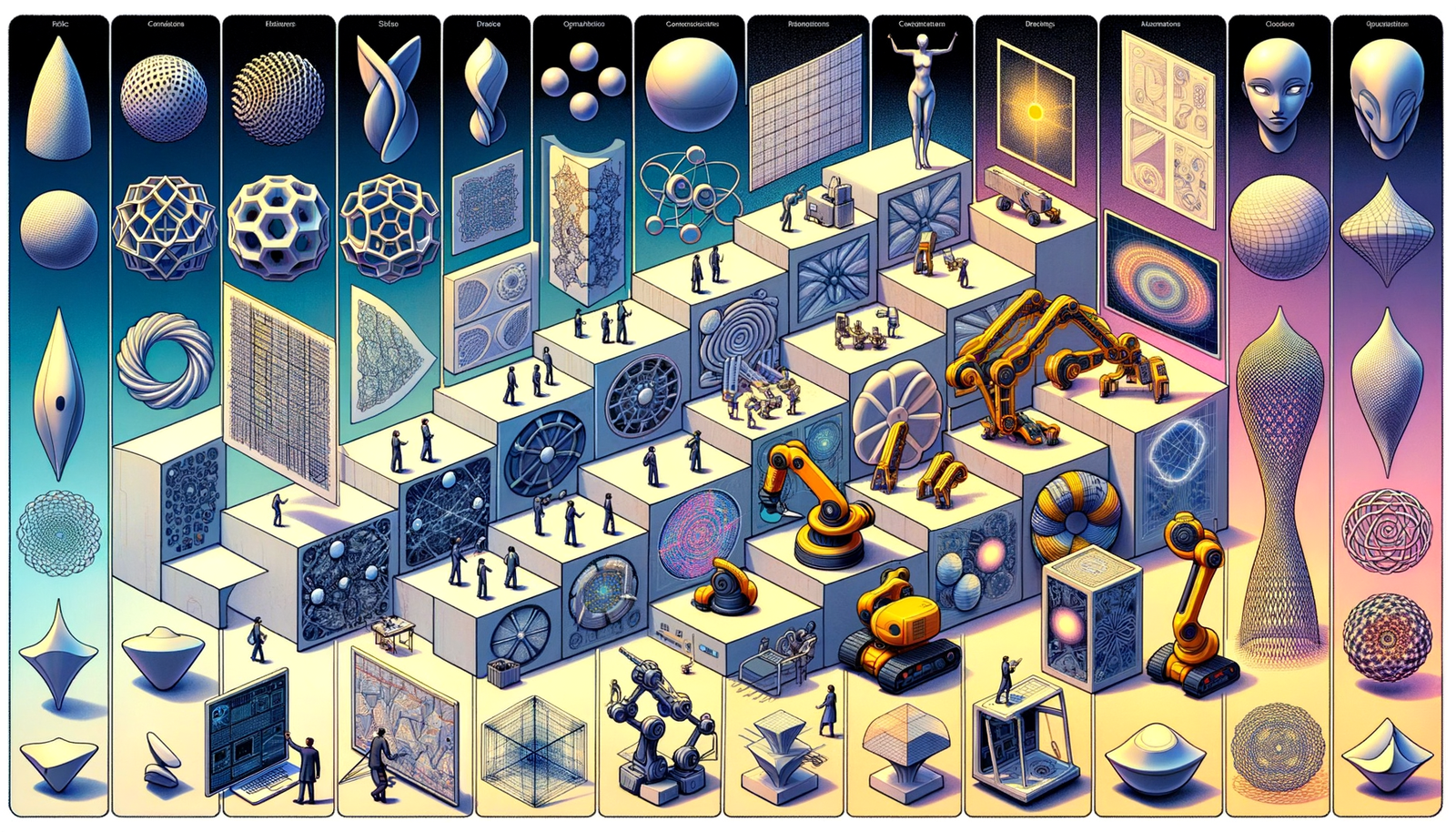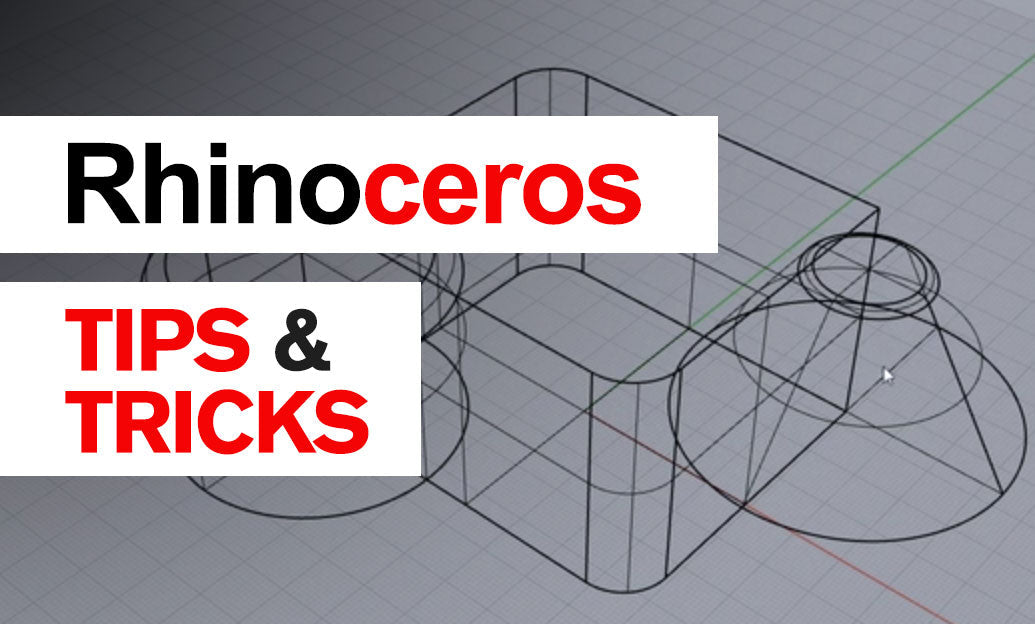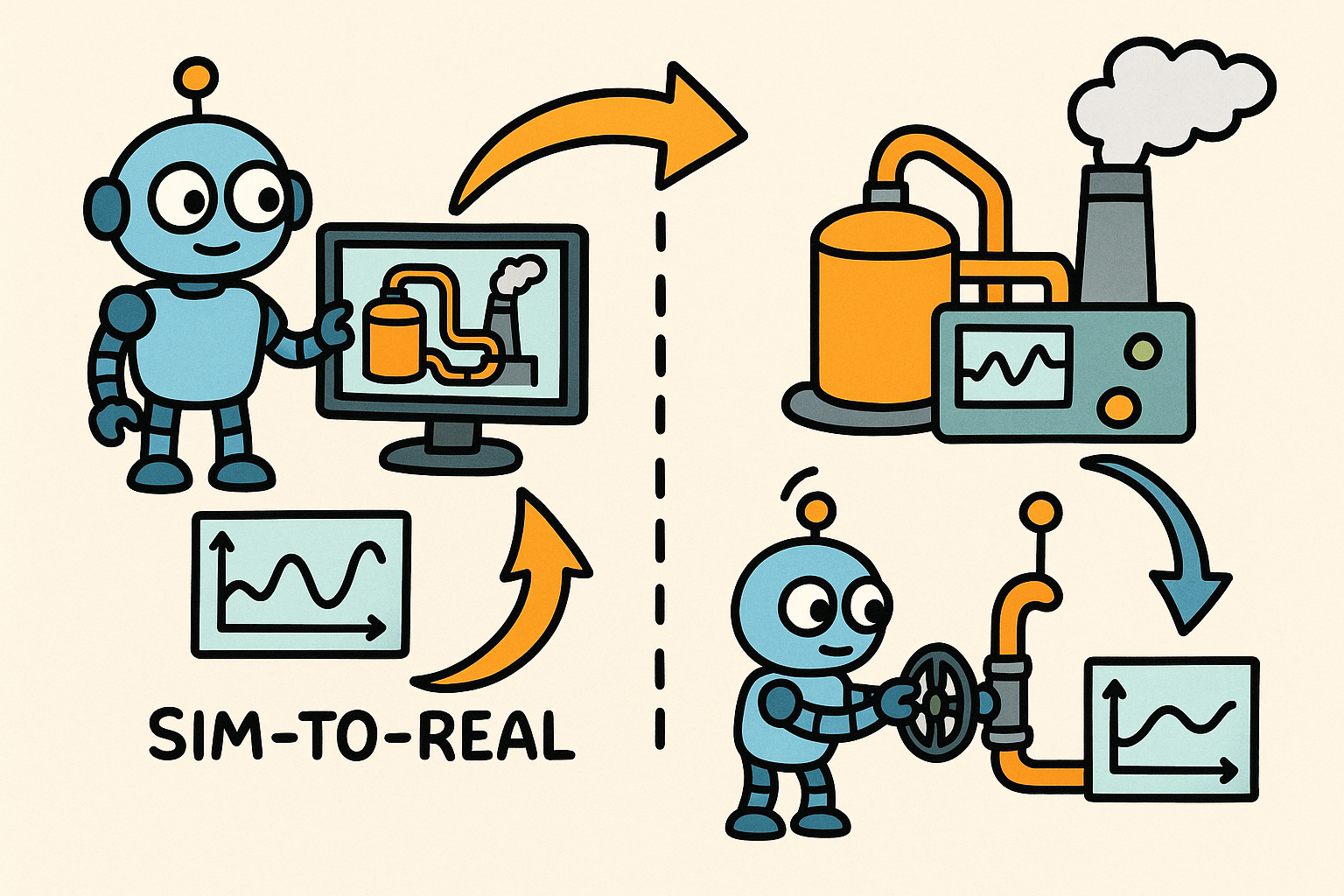Your Cart is Empty
Introduction to Parametric Design
Parametric design stands as a beacon of innovation in the realm of modern architecture and engineering. This approach harnesses the power of algorithms and data to establish dynamic relationships between design elements, thereby crafting models that can adapt to changes with unparalleled fluidity. From its nascent stages to its current prominence, parametric design has undergone a transformative journey, propelled by advancements in software such as Grasshopper for Rhino and Dynamo for Revit. These tools have not only revolutionized the way designers approach complex problems but have also expanded the possibilities of what can be achieved in the physical world.
Core Principles and Advantages
The essence of parametric design lies in its core principles, which pivot around the utilization of algorithms to establish geometric and functional relationships within a design. This methodology enables a level of flexibility and efficiency previously deemed unattainable, facilitating innovative problem-solving approaches. Among the myriad advantages offered by parametric design, the most noteworthy include:
- Dynamic adaptability to changes, reducing the time required for revisions.
- Enhanced accuracy and precision in the creation of complex geometries.
- Streamlined collaboration between interdisciplinary teams, thanks to shared parametric models.
Parametric Design in Practice
The application of parametric design seamlessly spans from the initial concept and ideation phase through to the tangible stages of fabrication and construction. This journey involves a meticulous process of developing and refining design parameters, which are then integrated with other software tools for comprehensive analyses, including structural integrity and environmental impact. The culmination of this process is witnessed in the fabrication phase, where advanced technologies such as CNC machines and 3D printers bring the parametric designs to life. However, the implementation of parametric design is not devoid of challenges, necessitating considerations such as computational resource allocation and the steep learning curve of the associated software.
Future Trends and the Impact on Industry
The horizon of parametric design is continually expanding, with emerging trends like the integration of AI and machine learning promising to usher in an era of even more sophisticated design algorithms. This evolution is poised to redefine the architecture, engineering, and construction industries by:
- Facilitating the adoption of sustainable and green building practices through optimized design solutions.
- Revolutionizing design education and the requisite skill sets for future architects and designers.
Moreover, the potential for future developments in software and technology holds the promise of further elevating the capabilities of parametric design, thereby shaping an exciting future for the built environment. As we stand on the cusp of these advancements, it is clear that parametric design will continue to be a pivotal force in the evolution of design methodologies, driving innovation and efficiency in construction and beyond.







